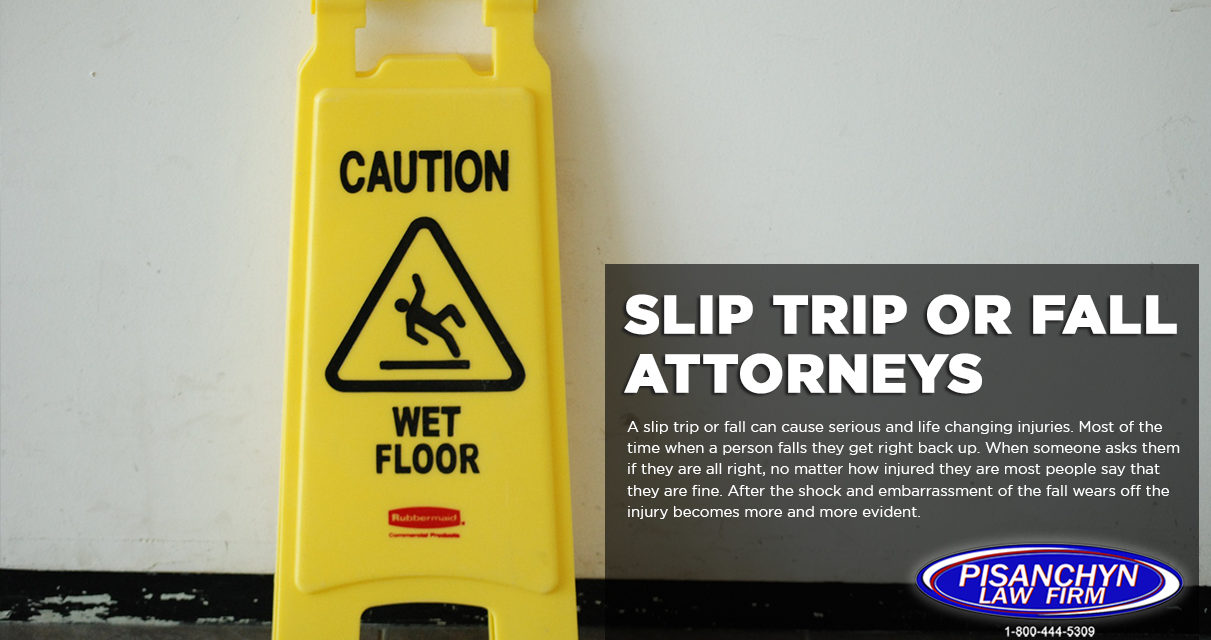A slip, trip, or fall injury refers to an injury that occurs when a person slips, trips, or falls on a surface that is slippery, uneven, or cluttered. These types of accidents can result in a range of injuries, including cuts, bruises, broken bones, sprains, and head injuries.
Common causes of slip, trip, or fall accidents include:
- Wet or slippery surfaces: Spilled liquids, rain, snow, or ice can make surfaces slippery, increasing the risk of falls.
- Uneven or cluttered surfaces: Uneven flooring, loose rugs, or cluttered walkways can increase the risk of tripping and falling.
- Poor lighting: Poorly lit areas can make it difficult to see obstacles, increasing the risk of falls.
- Obstacles in the walkway: Tripping hazards such as boxes, cables, or other objects can increase the risk of falls.
- Stairs: Stairs can be particularly hazardous, especially if they are slippery, poorly lit, or have uneven steps.
Slip, trip, or fall accidents can occur in any type of setting, including the workplace, public spaces, or private homes. To minimize the risk of these types of accidents, it is important to maintain a safe and clean environment, fix any hazards promptly, and provide appropriate signage and lighting to warn of potential hazards. Individuals can also take steps to protect themselves by wearing appropriate footwear, being mindful of their surroundings, and reporting any hazards they observe.
A slip, trip, or fall injury lawsuit
A slip, trip, or fall injury lawsuit is a legal action taken by an individual who has been injured as a result of slipping, tripping, or falling on another party’s property. These types of lawsuits can arise when the property owner or occupier has failed to take reasonable steps to maintain a safe environment, such as fixing hazards, providing adequate lighting, or warning of potential dangers.
In a slip, trip, or fall injury lawsuit, the injured person must prove that the property owner or occupier had a duty of care to maintain a safe environment and that this duty was breached, resulting in the injury.
To succeed in a slip, trip, or fall injury lawsuit, the injured person must provide evidence of their injury, the cause of the injury, and the property owner or occupier’s negligence. This evidence may include eyewitness statements, photographs of the scene, medical records, and expert testimony.
The outcome of a slip, trip, or fall injury lawsuit can result in the injured person receiving compensation for their medical expenses, lost wages, pain and suffering, and other damages. The amount of compensation received will depend on the specific facts of the case, including the severity of the injury and the extent of the property owner or occupier’s negligence.
If you have been injured as a result of a slip, trip, or fall, it is important to seek legal advice from an experienced personal injury attorney to determine your rights and options for pursuing compensation.





